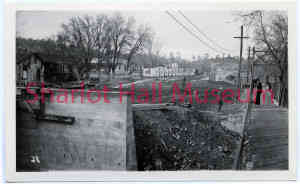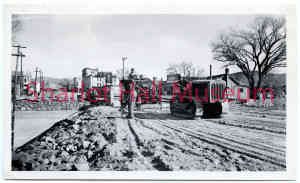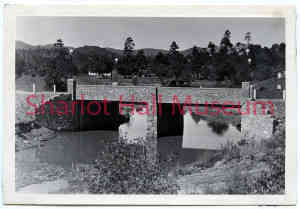1015-0104-0018
Goodwin Street Bridge
Bridges
1015-0104-0019
Goodwin Street Bridge
Bridges
1015-0114-0007
<p>Hassayampa River Covered Bridge</p>
Bridges
1015-0104-0021
Goodwin Street Bridge
Bridges
1015-0117-0001
<p>Navajo Bridge</p>
Bridges
1015-0117-0002
<p>Navajo Bridge</p>
Bridges
1015-0104-0026
Goodwin Street Bridge
Bridges
1015-0114-0008
<p>Hassayampa River Covered Bridge</p>
Bridges
1015-0117-0003
<p>Navajo Bridge</p>
Bridges
1015-0105-0000
<p>Grove Street Bridge</p>
Bridges
1015-0117-0004
<p>Navajo Bridge</p>
Bridges
1015-0117-0005
<p>Navajo Bridge</p>
Bridges












